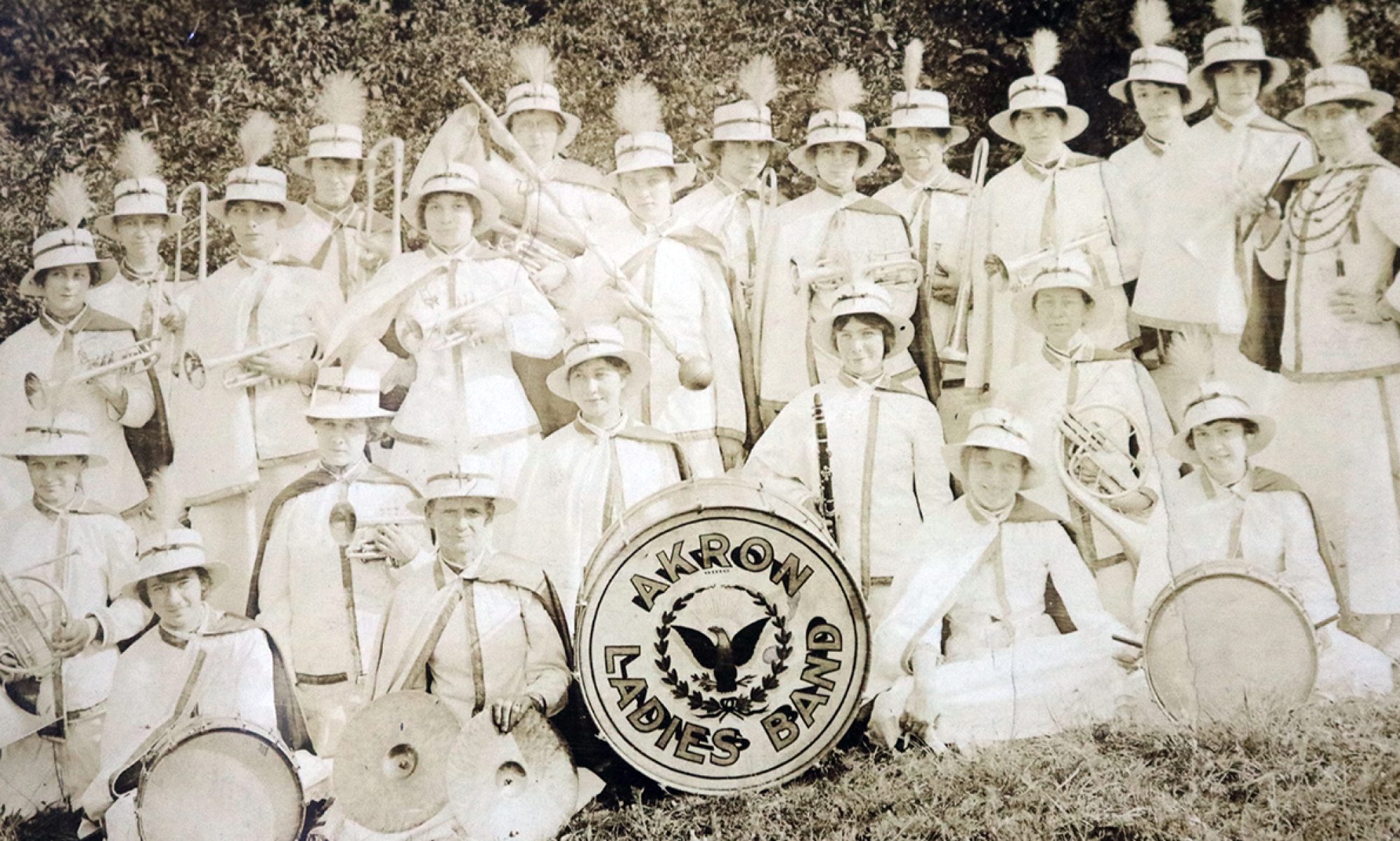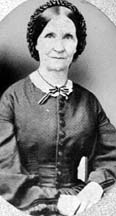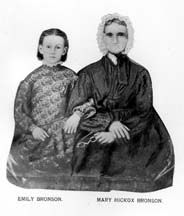Eliza Barber, a hardworking and dedicated mother of nine, was a director of the Middlebury Soldiers Aid Society during the Civil War. Middlebury became the sixth ward of the city of Akron.
Barber was the wife of George, a peddler-cooper-inventor who settled in Middlebury in 1828. Before the war, the Barber family was already involved in the hand manufacture of matches. The Barber Match Company truly was a family enterprise, with sons selling matches door to door.
The Barber family sent one son off to fight in the Civil War. George H. Barber died of dysentery. Back in Middlebury, his mother worked hard with the Soldiers Aid Society so others would not face a similar plight. The Middlebury Soldiers Aid Society, always smaller than its Akron counterpart, sent food and supplies through the Cleveland Sanitary Commission that, in turn, shipped them on to the field hospitals that needed the goods. Barber and the other women of the Middlebury Soldiers Aid Society knitted warm winter clothes for soldiers and collected food and bandages to hospitals that aided sick and wounded soldiers. The women also raised money by hosting “dime socials” and dinners.
After the Civil War, she watched her surviving children become leaders in the Barber Match Company. She saw the service she began in her community and church – First Presbyterian Church — flourish.
–Angela Abel



